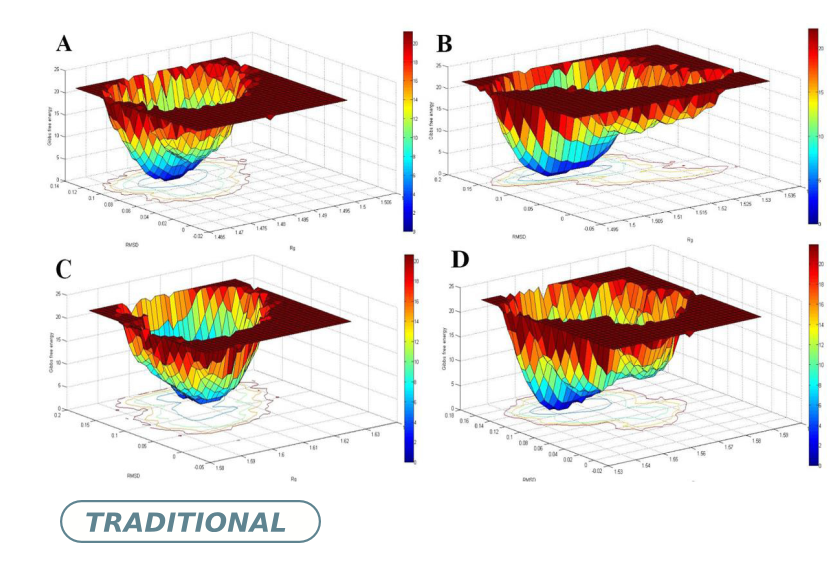Flavodoxin in a binary surfactant system consisting of the nonionic 1-decanoyl-rac-glycerol and the zwitterionic lauryldimethylamine-N-oxide: Molecular dynamics simulation approach
DOI:
https://doi.org/10.4279/pip.120004Keywords:
spin-spin relaxation; diffusion coefficient; contact map; reverse micelleAbstract
Due to the short time constant of the spin-spin relaxation process, there is a limitation in the preparation of NMR sample solution for large proteins. To overcome this problem, reverse micelle systems are used. Here, molecular dynamics simulation was used to study the structure of flavodoxin in a quaternary mixture of 1-decanoyl-rac-glycerol, lauryldimethylamine-N-oxide, pentane and hexanol. Hexanol was used as co-solvent. Simulations were performed at three different co-solvent concentrations. The proportion of components in the mixture was selected according to experimental conditions. For comparison, simulation of flavodoxin in water was also performed. The simulation results show that the C$\alpha$-RMSD for the protein in water is less than for the surfactant mixture. Also, the radius of gyration of flavodoxin increased in the presence of surfactants. The distance between the two residues trp-57 and phe-94, as a measure of protein activity, was obtained from the simulations. The results showed that in the surfactant mixtures this distance increases. Analysis of the secondary structure of the protein shows that the N-terminal part of the flavodoxin is more affected by surfactants. The flavodoxin diffusion coefficient in the surfactant mixture decreased in relation to its diffusion coefficient in water.

Downloads
Published
How to Cite
Issue
Section
License
Authors agree to the PIP Copyleft Notice













